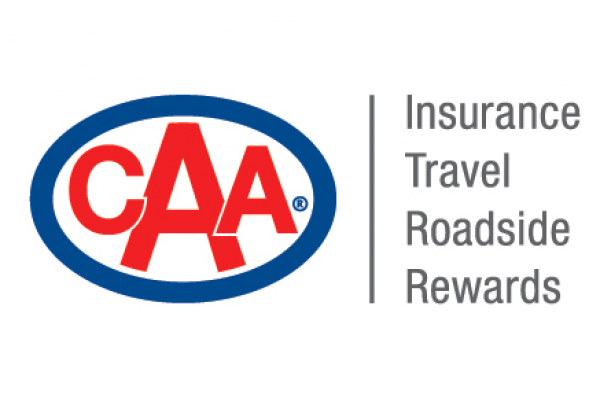As 4/20 approaches, a survey conducted on behalf of CAA Manitoba reveals a trend: while most drivers in the province recognize the risks of cannabis-impaired driving, a significant number continue to drive after consuming cannabis—often in combination with other substances like alcohol or prescription medication.
“Manitobans who decide to drive after consuming cannabis often underestimate the risks associated with this action,” said Ewald Friesen, manager, government relations, CAA Manitoba. “People still seem to believe that they have no alternative but to drive home or that the drive is short enough that it doesn’t matter. We are here to remind Manitobans that while cannabis use is legal and can be safely consumed, you should never do it before driving.”
Forty-seven per cent of Manitoba drivers used cannabis in 2024; 36 per cent tried cannabis this year for the first time since legalization. Despite growing awareness of the risks, 18 per cent of Manitoba drivers admit to driving after using cannabis, with the majority doing so within just three hours of consumption.
Half of those surveyed are driving within three hours of consumption.
The survey also revealed that 53 per cent of recent cannabis-impaired drivers reported driving shortly after consumption, with 36 per cent feeling high while behind the wheel.
Alarmingly, 79 per cent expressed confidence in their driving ability while impaired, though 71 per cent expressed concern about being caught.
“There is a common misconception on how cannabis affects drivers,” says Friesen, “however, it has been proven that cannabis use can impact a driver’s reaction time, judgement, coordination and decision-making.”
Driving after consuming edibles has been a growing trend since last year.
While smoking remains the primary mode of cannabis use, the survey highlights a growing trend of driving after consuming edibles, which can have delayed and unpredictable effects. Solid edibles (67 per cent) and joints (61 per cent) are the most used formats, and more than half of cannabis users prefer edibles over any other format.
"Unlike other forms of cannabis, edibles often have delayed and unpredictable effects, which can significantly impair judgment and reaction times,” adds Friesen. “It is crucial for individuals to recognize these differences and prioritize safety, not only for themselves but for everyone sharing the road."
There is a disconnect between what people believe and how they behave when it comes
to cannabis and driving.
Although 93 per cent of Manitoba drivers agree that cannabis-impaired driving is a serious road safety issue, many still view it as less dangerous than alcohol or prescription opioids. This disconnect between perception and behaviour underscores the need for continued education and enforcement.
The penalties for impaired driving are serious and can include:
• Immediate 24-hour licence suspension (up to 60 days pending further testing)
• Three-day vehicle impoundment
• A $400 fine
• Mandatory Impaired Driver Assessment
• Additional administrative penalties, ignition interlock program requirements, and possible charges under the Criminal Code of Canada
CAA Manitoba encourages all motorists to make safe, informed choices:
• Know the rules and understand how different cannabis products affect the body.
• Don’t drive impaired—whether by cannabis, alcohol, or any combination of substances.
• Plan ahead by arranging a rideshare, taxi, or designated driver, especially if planning to consume cannabis during upcoming events like 4/20.
The online survey was conducted by DIG Insights from July 5 to July 18, 2024, with 504 Manitoba drivers aged 19 and older. Based on the sample size of n=504 and with a confidence level of 95%, the margin of error for this research is +/- 3%.)





